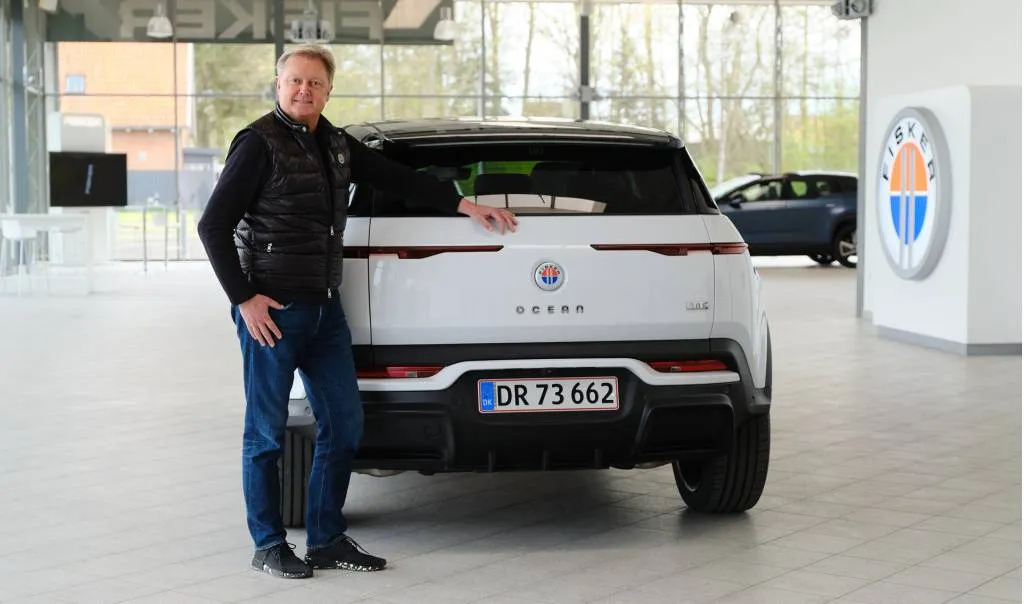U.S. electric vehicle startup Fisker filed for Chapter 11 bankruptcy protection with a court in Delaware in June, or just a year after the start of deliveries of its debut model, the Ocean compact crossover.
Fisker doesn't plan to reorganize under bankruptcy, but is looking to liquidate its assets. The company will seek approval of its liquidation plan at a court hearing scheduled for Oct. 9.
The process isn't going smoothly as the U.S. Securities and Exchange Commission is investigating Fisker and has sent multiple subpoenas to the company, Reuters reported on Friday, citing filings made by the regulator.
At the center of the issue is a lack of clarity on details of how the company's financial records will be maintained after the liquidation process is complete.

Henrik Fisker with the first customer Fisker Ocean - May 2023
The SEC in its filing also said more subpoenas may need to be sent to Fisker, according to Reuters, though no reasons were given.
Fisker was founded in 2016 by Henrik Fisker, the talented automotive designer who also founded a previous EV startup by the name Fisker. That original Fisker also went bankrupt. The assets were sold to Chinese battery company Wanxiang, which used them to create the company that operates today as Karma.
The new Fisker was one of the more promising EV startups only a short while ago. However, the company suffered from supply-chain issues, which meant production couldn't be ramped up. Many of the Oceans that were delivered also suffered from quality issues.
When it filed for bankruptcy protection, Fisker estimated the value of its remaining assets at between $500 million and $1 billion. Some of the assets included roughly 3,000 unsold Oceans, though most of them were sold after a judge approved their sale in July.
